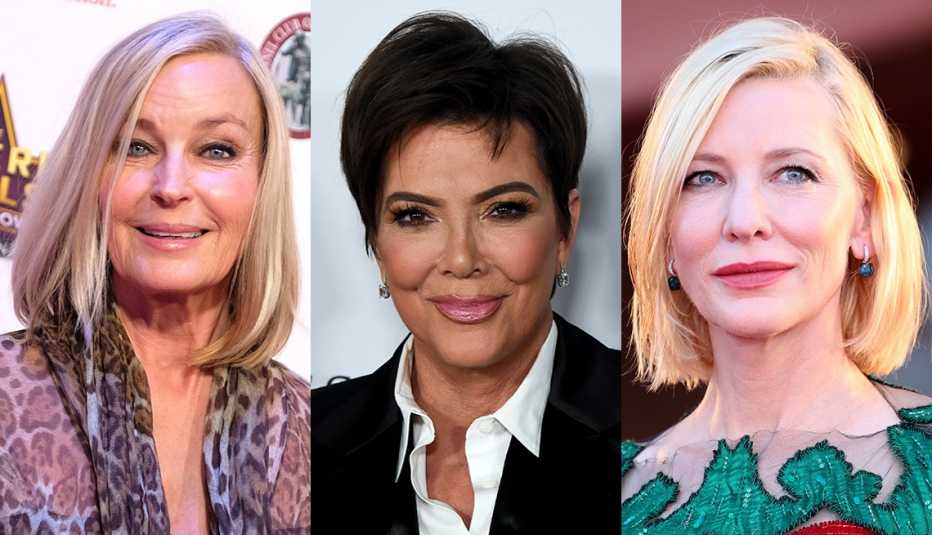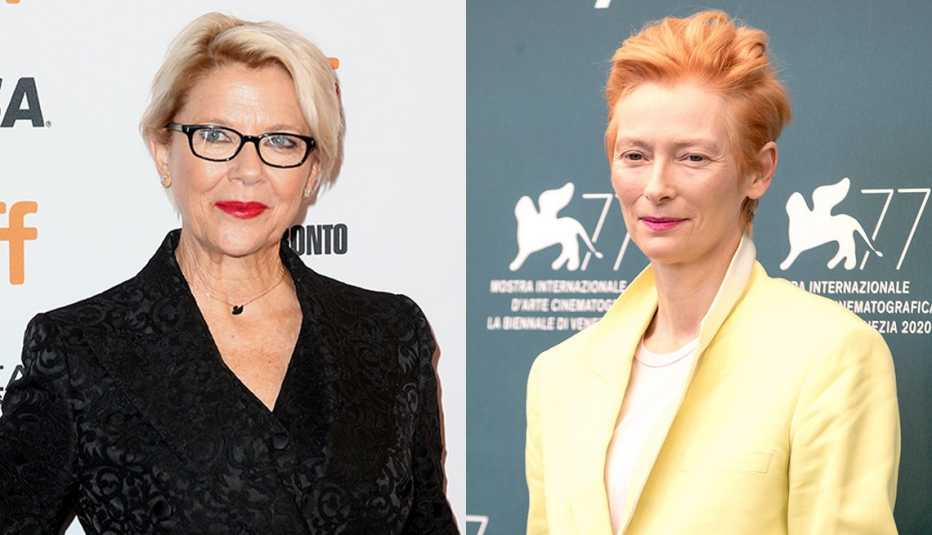AARP Hearing Center
Hair color at 50 is always a work in progress. It never looks exactly the same month to month, and it never will. That's because everything (and I mean everything) affects it — from your shampoo and blow-dryer to your hairstyle and the formula your colorist is using. Whether your hair is gloriously gray, bold brunette, racy red or blazing blonde shimmering with highlights, it can turn boring, brassy or blah in a heartbeat — and chances are, it will. Here are 10 ways to keep your hair color going and glowing.


1. Go bronde
Want to wake up drab and dingy brown hair fast? Going blonde-ish (as opposed to blonde) is one way to get a sun-kissed effect without actually doing a total color change. This is called bronde. A salon colorist subtly blends caramel, butterscotch or honey highlights between your brown and gray strands for a soft multicolor, multidimensional effect that looks natural and way more modern than those chunky ‘90s streaks. Make sure your colorist keeps the lights warm — not ashy — and on the low-contrast side (say you don't want high-contrast stripes!). You won't be running to the salon for a touch-up every four weeks. Bronde is a low-maintenance choice.
2. Try balayage or ombre highlights
Women 50-plus who prefer long hair often face a dilemma: How do you hold on to the length, compensate for thinning and color your hair without adding damage or going broke? Ombre and balayage are two great highlighting solutions. Ombre hair is darker at the roots and gradually lightens on its way down the hair shaft — like a sunset. In balayage, which originates from the French term “to sweep,” the colorist freehand brushes on streaks of color to create natural-looking highlights. You can ask for balayage just around the face for an even more minimalist approach. Both techniques avoid the roots — so regrowth is a nonissue (touch-ups only every three or four months) — and give the hair a thicker look and texture, thanks to the multitone effect and physical bulk that color adds to the hair.










































































More on entertainment
The 10 Best Haircuts for Women to Get Now
Make your next trip to the salon count with a bold new look
10 Tips to a DIY Haircut and Color at Home
Cover gray and trim tresses like a proRecommended for You